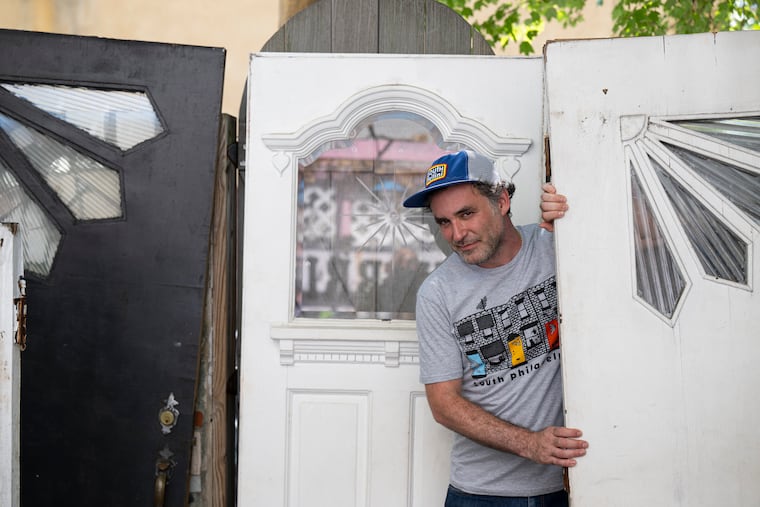The man on a mission to save South Philadelphia’s iconic doors
For years, Tony Trov, cofounder of the T-shirt shop, South Fellini, has been collecting distinctive Tofani doors. The Atwater Kent would like one for their permanent collection.

For years, Tony Trov, cofounder of the T-shirt shop, South Fellini, has been collecting distinctive Tofani doors. The Atwater Kent would like one for their permanent collection.
